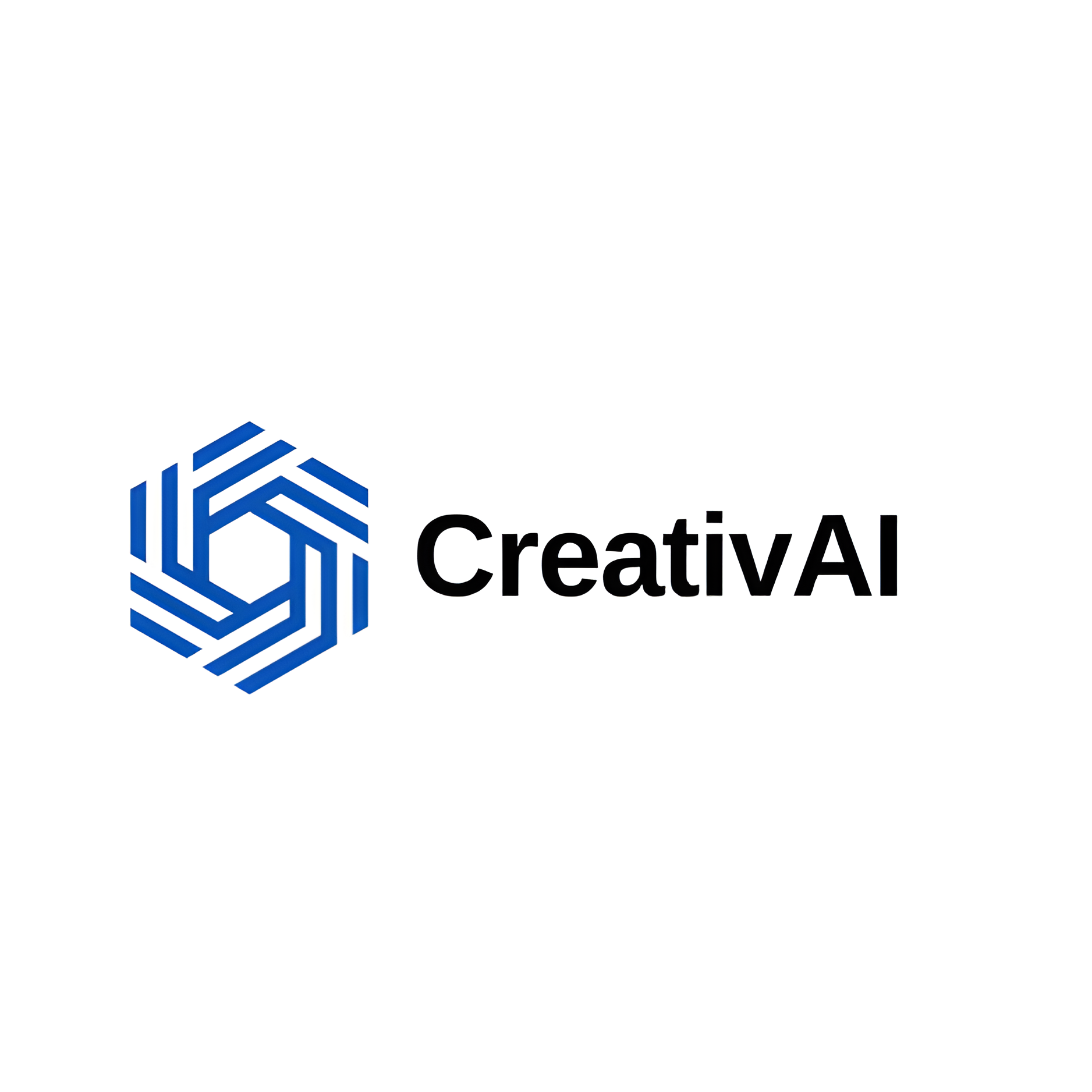Overview
BlogSEO AI is an advanced AI-driven content creation tool tailored to boost SEO and enhance web traffic. It supports content generation in 31 languages and integrates seamlessly with platforms like Shopify, WordPress, and Webflow, making it a versatile choice for businesses aiming to expand their digital footprint globally. This tool not only automates the generation and publication of blog posts but also offers personalized content recommendations and robust analytics to monitor site performance.
Key features include a dynamic Keywords Generator, AI-Content Generator, and tools for Competitor Research and Web Analytics, which collectively help in crafting strategies that outperform competitors. The ability to summarize YouTube videos into blog posts and generate AI-based images further enriches content, making it more engaging for readers. With over 50,000 users, BlogSEO AI is celebrated for its ability to alleviate writer's block and optimize content for better search engine visibility.
User testimonials praise its user-friendly interface and the micro-tools like the Title Case Converter and SEO Glossary, which enhance content quality and save time. Overall, BlogSEO AI stands out as a comprehensive solution for businesses seeking to leverage AI for creating compelling, SEO-optimized content effortlessly.
Key features
- Auto-blogging feature: Automatically generates and publishes high-quality blog posts on a scheduled basis, ensuring consistent content delivery.
- Multi-language support: Offers the capability to create SEO-optimized content in 31 different languages, breaking down language barriers effectively.
- Integrated keyword research: Includes a dynamic Keywords Generator that helps identify optimal keywords for enhancing SEO strategies and content relevance.
- Seamless platform integration: Facilitates easy publishing across various platforms like Shopify, WordPress, and more, streamlining the content distribution process.
- Advanced analytics monitoring: Provides detailed web analytics to monitor site performance, helping users understand traffic sources and optimize accordingly.
- AI-driven content creation: Utilizes advanced AI algorithms to generate engaging, relevant content that captures audience interest and supports SEO goals.
 Pros
Pros
- Content customization tools: Allows users to tailor content tone, style, and complexity to match specific audience preferences and brand identity.
- Real-time editing suggestions: Provides instant feedback on grammar, style, and SEO, helping to enhance the quality of content before publication.
- User engagement analytics: Tracks user engagement metrics such as bounce rate, time on site, and interactions to refine content strategies effectively.
- Collaborative content creation: Enables multiple users to work on and edit documents simultaneously, fostering teamwork and improving workflow efficiency.
- Content scheduling flexibility: Offers versatile scheduling options that allow users to plan and automate content release according to their marketing calendar.
 Cons
Cons
- Complex user interface: The platform's advanced features can be overwhelming for beginners, requiring a steep learning curve to master its functionalities.
- Limited customization options: While the AI generates content, users may find limited abilities to tweak the style and tone to match their specific brand voice.
- Dependence on AI: Heavy reliance on AI for content creation might result in a lack of personal touch and uniqueness in the blog posts generated.
- Content redundancy risk: The AI might produce content that is too similar over time, potentially leading to issues with content differentiation and reader engagement.
- Resource-intensive operation: Advanced features like real-time analytics and AI content generation may require significant system resources, affecting performance on lower-end devices.
















